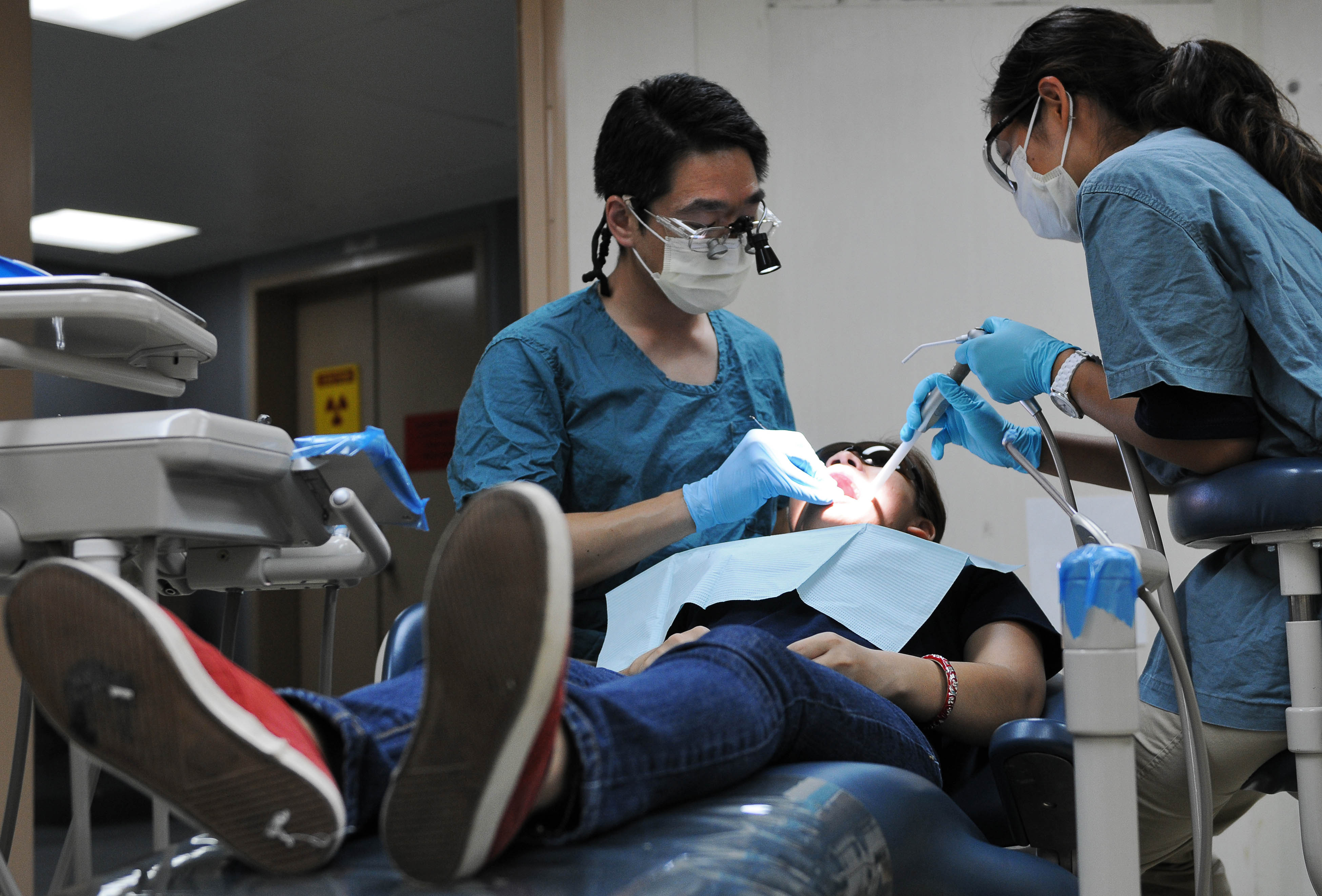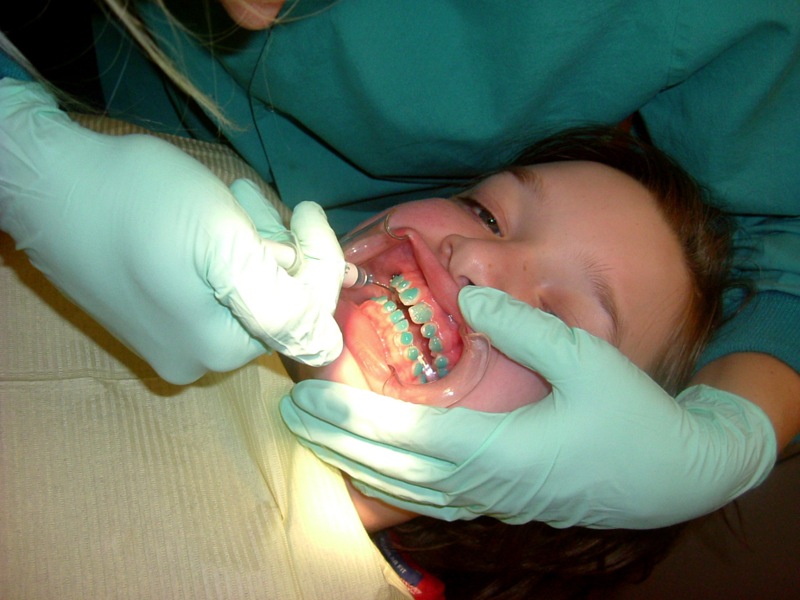People with poorly angled or misaligned teeth can enjoy numerous straightening options available to them. The traditional braces, usually metallic, were the first option for most people. However, they are slowly being wiped out because they look unsightly and can also cause tooth decay and shorten the teeth roots.
Ceramic Braces And Their Importance
As a replacement, these braces have been invented. They are manufactured using composite materials and can take various transparency levels. For instance, there are some that can take the natural color of your teeth and are also very translucent. Even better, they don’t stain. Most people prefer clear braces because they blend perfectly with their teeth and are less visible compared to the metal braced.
These braces are usually manufactured from clear alloys. Their transparent feature has made them quite popular especially among people who are looking to correct their teeth without announcing it to the whole world. Besides the brackets themselves, clear braces can also be installed with ties and brace wires that can make them more inconspicuous. These are usually manufactured using clear or white metal ties which provide more strength to the braces. They are likely to lose the color with time.
Some of the common teeth disorders corrected using clear braces include crooked or crowded teeth, overbites, underbites, incorrect positioning of the jaw and also joint disorders of the jaw. If some of these disorders are left untreated, you are likely to suffer from gum disease, tooth decay, earaches, headaches, biting, speaking and also chewing problems.
Any person can wear clear braces regardless of the age. However, the ideal time for placement would be between 10-14 years of age. At this age gap, the mouth and the head are still growing. That makes it easy for the teeth to straighten effortlessly. Braces are not only for kids because there are numerous adults wearing them today to correct minor issues with their teeth as well as their smiles.
Depending on your treatment plan, your orthodontist will determine how long you need to wear the clear braces. However, the period might be affected by your age, the problem that needs correcting etc. However, most patients usually wear braces for one or 2 years. Once the braces are removed, you might have to wear a retainer to align and set the tissues surrounding the newly straightened teeth.
What To Do When The Braces Are Installed
During the treatment period, you need to make visits to the orthodontist for the wires to be adjusted accordingly. You are likely to feel some discomfort or soreness in the teeth after each visit but wearing clear braces is not very uncomfortable. However, it’s advisable to stop eating sweet and sugary foods that generate plaque and acid that’s likely to cause tooth decay.
Avoid sticky and chewy foods that might damage the brace wires thereby loosening the brackets in place. Healthy foods such as apples or carrots might be too hard to chew wholly. That’s why it’s advisable to cut them into smaller pieces. You should also stay away from crunchy snacks such as popcorn, hard candy or nuts that might break the wires.
Pros
• Unlike traditional braces, ceramic braces don’t irritate your gums as much. However, this depends on each patient and his/her tolerance. However, it’s quite comforting to know this beforehand.
• As mentioned above, these braces blend perfectly with the teeth. Depending on your teeth color, the orthodontist will choose a color that comes close to guarantee transparency.
• Unless the patient abuses the braces, they can last very long because they don’t break or chip easily.
Cons
• The braces can stain very easily just like metallic braces. That’s because the archwire is held in place by elastic bands that are usually white or clear. The material is also very porous. To avoid this, you should steer clear of colored or dark foods that might stain the clear braces.
• Clear braces are more expensive and are also larger in size. Well, the fact that they can’t be seen makes it easier for the patient handling the size but only if you can afford them.
In conclusion, ceramic braces are relatively new but have become extremely popular in the last few years for all the reasons mentioned above.





